The Black Country Living Museum ( BCLM ) in Dudley, West Midlands has just opened a new 1940s-60s high street featuring new shops and historic characters.
The immersive high street is part of BCLM’s £30 million capital development project, Forging Ahead. It is home to five new shops – Burgin’s Newsagents, Laurie Thomas Hairdressers, Marsh & Baxter, Stanton’s Music Shop, and West Bromwich Building Society.
These businesses, according to BCLM, “represent different areas of the Black Country and have been brought to life with invaluable support from the Black Country community, who have shared memories and donated items, from pots of Brylcreem to personal safes."
Andrew Lovett
Andrew Lovett is the director and chief executive of the Black Country Living Museum. He has two decades of senior-level experience in the museums, leisure, arts, heritage and protected landscape sectors.
After 11 years working in visitor services for the Lake District National Park, Lovett moved into museums in 1996 as head of visitor services for York Museums. In 2000, he became the founding general manager of STEAM – Museum of Great Western Railway. He then moved into the arts in 2003, becoming deputy director at BALTIC Centre for Contemporary Art, Gateshead, including three spells as acting director & chief executive.
After six years at BALTIC, he joined Black Country Living Museum, an independent charity, as its second director & chief executive.
A member of the National Museums Directors Council and the Association of Independent Museums Council, Lovett is also the co-founder of the Museums and Resilient Leadership Programme. This is led by Black Country Living Museum. It was designed to help those working in the cultural sector build resilient organisations for the 21st Century.
The origins of the Black Country Living Museum
“We are an open-air museum,” he tells blooloop:
“We regard ourselves as one of the big five open-air museums in the UK. The museum opened permanently in 1978. It came about largely from community pressure. The late fifties, early sixties was a time when there was a lot of physical change happening to the Black Country, and to loads of other places in the UK. Things like new roads, new housing and new developments.
"There was a feeling, I think, amongst the community at that time that heritage was being lost. It created a bit of a groundswell of activism, to describe it in modern terms, to do something about that and not just let it go.”
A curator at the local authority set about finding a suitable site:
“They chose one in Dudley, which was disused. There are something like 40-plus disused coalmines on this site and a little canal arm. From 1968 onward, buildings started to be transported, brick by brick, and reassembled on site. By 1978, there was enough for them to open permanently. We've continued to grow since then, of course.”
A wide visitorship
Concerning the visitorship, he says:
“In terms of locality, Dudley’s not a tourist destination, although I keep trying to do my best on that. But in those categories of 'minutes away', 40% are coming from within a catchment of 30 minutes, 54% from 30 to 90 minutes, then only about 6% are coming more than 90 minutes away.
"We get a lot of school visits. That has been the slowest category to climb back after Covid, though it has accelerated over the last six months. But the schools come quite a long way: Bristol, Gloucestershire, Leicestershire, Nottingham, Stafford. Then we see quite a lot of French schoolchildren, and we've also seen quite a lot from the Czech Republic."
"It's quite a local audience, essentially. Then there are something like 11 million people resident within 90 minutes of here. So, it's a domestic day visits catchment.”
Regarding the audience itself, he feels it has a broader scope than the normal museum visitorship:
“It’s something to do with being an open-air museum. It doesn't have the same kind of barriers as an ordinary one,” he suggests. “You might call it entry-level into history. Repeat visits are very high, and they've got higher this year. We think that's partly the impact of the cost of living. You can pay once for an annual pass, and then come back as many times as you want.”
Forging Ahead at the Black Country Living Museum
BCLM covers almost 30 acres, and, while, like the small town it resembles, it features around a hundred buildings and a large visitor centre as well as outdoor space, it is subject to the vicissitudes of the weather:
“If we see nice dry weather, particularly at holiday times, that has a positive impact on us, and therefore the reverse happens if it's not,” he says. “The classic would be Easter. If Easter's very early and therefore the weather isn't as great, it can be a real mess. But this year, Easter was as late as it could be, the weather was pretty good, and so was our attendance. Weather dependency is a big factor, so the key is to make the most of the people when they're here.”
He outlines the strategies that have guided the museum’s evolution under his leadership:
“When I first got here nearly 14 years ago, I think it's fair to say that the museum had got itself into a mindset where it had to keep on building stuff; a new shop, a new whatever it would be. I decided to pause that for a while. I thought there were lots of other things that could still raise attendance and give us a good future, whether it was about programmes of activity for kids during the school holidays, or events: you can do loads of lovely things with an outdoor space.
"Marketing was another thing; the skills of staff and how they engage with visitors. So we did all that, and, and attendance just kept going up and up. We did get to a stage where I said, ‘Look, we do need to think about the longer term,’ so we devised this project, Forging Ahead. In the end, it cost £30 million.”
Bringing the 1940s-60s to life
The project, made possible with support from funders including the Department of Culture Media and Sport’s Capital Kickstart Fund via the Culture Recovery Fund, National Lottery Heritage Fund, and Black Country Local Enterprise Partnership, features twenty-two historic buildings and structures, encompassing a visitor centre and learning spaces, and an industrial quarter showcasing Black Country industry at the height of its post-war manufacturing prowess.
The centrepiece of the new Forging Ahead project is a 1940s-60s town which, heralding the social and political changes experienced by the Black Country during one of the most dynamic times in its history, includes an NHS clinic, a record shop, a barber, and a Co-op supermarket, creating an immersive experience of everyday life during the period.
Lovett comments:
“It was about taking us back into living memory; that was a big thing. Until we did Forging Ahead, you had to be in your eighties to have a living memory of the later things that we'd got on site. I’m sitting above a motorbike shop here, and outside my window is a great row of buildings set in the 1930s. That was the latest bit. You'd have to be in your eighties-plus to remember that era. We wanted to get closer to more people's living memory.”
New shops and stories for Black Country Living Museum
Accordingly, he explains:
“We have been developing buildings, shops, and stories that go through into the forties, the fifties, and the sixties, coming a little closer to contemporary modern life, to make the joining up of dots of history a bit easier.
When more people recognise some of the stuff, the stories that you're telling become more relevant and patterns of behaviour and why things happen become easier to understand.”
Another reason for the Forging Ahead initiative concerned diversity and representation, he explains:
“We are in one of the most culturally and ethnically diverse bits of the country here, and yet we would readily have admitted that the story we were telling previously wasn't representative of the modern-day Black Country, or certainly not of the modern-day West Midlands."
"Striding into the forties, the fifties and the sixties, you start to tell stories about migration to the Black Country. Lots of workers came here, some to seek work in the aluminium foundries, and then to send money back home, something that still goes on today, to support families in Jamaica and the Punjab, maybe.
"We felt that we needed to be more representative of life around us. We were also getting a bit stuck in terms of capacity. Attendance was going up and up, which was great, but some of the impact of that was increasingly long queues, whether it was for standing in the fish and chip shop or the pub or the admission queue buying a ticket, going down the drift mine, or just being able to park your car: there was certainly a capacity issue.”
Extending the visit
He adds that the museum wanted to provide more to allow people to stay on-site and to get more out of their visit:
"We know that people feel they're getting value for money if they stay longer. We were also very conscious, as historians, that heritage was continuing to be lost. Stories are being lost as generations die out. Unless we capture those stories and tell them, then they will be gone, so there was a big element of that, as well.”
There were also practical considerations:
“As part of the master planning of the site, we were aware that how we looked after collections needed to improve. The provision that we had for visiting schools in terms of classrooms and toilets and changing wasn't great. It was like one of those puzzles where there's a square missing and you have to move things around to work out how to make it work.”
He demonstrates this:
“All the staff accommodation was above the old visitor centre. We also wanted to identify much better learning and conference facilities, so we had to develop one of the big redundant cafes on site as a new office development. We did that, which meant the staff could move into that, which then meant we could develop the old entrance as a learning and conference centre, which then meant we could build a new visitor centre.
"It was a tricky balance. It’s amazing I still have hardly any grey hair!”
Next phase of development at Black Country Living Museum
For the next phase, he explains:
“We are opening some of the new elements. We've opened a beautiful pub on site called the Elephant & Castle. We've opened a new car park. The other thing about Forging Ahead is the positioning of the new visitor centre: we’ve turned our face through 180 degrees of the museum towards the south, where a new Metro line is coming in.”
The new West Midland Metro extensions, expanding the existing network, and extending into Birmingham New Street Station, will improve the region's transport link, as part of wider regional transport strategies.
“The extension as far as Dudley has been discussed for about 25 years, but it is now happening, so we wanted to turn our face towards it. We put a new car park in, and persuaded the Metro people to position a stop near the museum.”
In terms of what’s happening next, he adds:
“We opened more of Forging Ahead on the 8th of July, and there’s more to come. We are building a big library which we've moved on-site, and there are other things as well, but we will, I think, continue to do some modest incremental development. I don't think it's the end of building stuff, but I don't think we'll do it on this scale again.”
A new strategic plan
The Black Country Living Museum is currently developing a new strategic plan at the moment. Lovett explains:
“The critical point is to be more than a museum. I think independent museums that have grown out of the community have an opportunity to play a bigger part in their community. For a place like this, telling the story of the Black Country, where you are matters."
"We're on the journey of becoming a natural part of people's lives. Although you have to pay to come in, you can almost think of it as just another town in the Black Country; people visit us, and it becomes part of their lives.”
Black Country Living Museum and the local community
He envisages groups in the community coming to BCLM for life events:
“It could be wedding receptions, birthdays. Anything that might happen in a community hall can happen with us. People can think of it as their museum - it's part of the community.”
As well as having a bigger role in the community, the museum is interested, Lovett says, in the region's future:
“Although we're a museum, so largely historians and therefore essentially looking back, we feel that we should care about and have an interest in the future of people's livelihoods and wellbeing, in housing, transport, and jobs. Because we’ve got a good brand and reputation and everybody knows us, we can be part of that thinking and host events and think about the future to demonstrate that the museum isn't just interested in telling its past. One of my previous chairmen had a fantastic quote.
"He said, ‘People in the Black Country have too many memories and not enough dreams.’
"We can play a part in dreaming of the future.”
The benefits of an open-air model
The format of an open-air museum affords a certain liberty:
“We can do things that traditional museums with cases and labels can't,” he explains. “We’ve got lots of outside space, so you can see metal chain being made, for instance. You can see us putting shoes on horses, you can see us making nails. You can see us making bread.”
Moving into the future, he says:
“We want to become even more lively and immersive and to become more of a stage for performance. We employ, certainly at this time of year, well in excess of 300 staff, not all full-time. A lot of them are what we would call historical or costumed characters. They are one of the ways that people learn about the stories we're telling. We want to do much more of that.”
Developing new characters and delving deeper into the stories
Because BCLM’s scope has extended into the forties, fifties and sixties, it has developed new characters from those time periods:
“We want them to interact a bit more,” he explains. “We have costumed staff in chemists, pubs, men's outfitters, hardware shops and so on. We’ve started to experiment with them actually communicating with each other."
"For example, one of the new characters is a milkman, so you can see him delivering milk at lots of the places around the site and having conversations with his opposite number in a hairdresser, a record shop, a butcher, or a pub. The visitors can see and be part of that.
"There's a newsagent we're about to open. You could see the newsagent handing a newspaper to a child with their family and saying, ‘Could you just go and drop that off for me at number 25?’ That way, they become an important part of the experience. They’re no longer onlookers but are drawn into it.
"We want to do much, much more of that, and little scenes and playlets that visitors can potentially get involved with.”
What's next for the Black Country Living Museum?
The scope of the museum will continue to widen:
“We have done a bit of consultation,” he comments. “We’re covering the 1960s at the moment, but we have decided we should carry on. Interestingly, when we posed the question to visitors, they agreed they’d like us to continue, but they also wanted us to hang back a generation. They want to retain that curtain of nostalgia.”
This decision will dictate the nature and style of any future buildings. However, he stresses:
“We don't see ourselves as a museum of buildings. We are a museum of stories.”
BCLM also has a huge collection, comprising around 90,000 items. One of the first acts of Lovett’s leadership was to facilitate the site’s Arts Council designation as nationally significant. He comments:
“We employ a lot of researchers and curators. The evidence of history, the things we collect, are important to us, but that has to bubble to the surface where the public is, otherwise, you tend just to be an archive rather than a museum.”
BCLM prides itself on being largely financially independent. However, in closing, Lovett comments:
“We are also, though, part of Art Council’s National Portfolio, and have been for quite a long time. That's important to us. We get £760,000 from them a year, which allows us to do more stuff. But we're a business that this year might turn over nearly 9 million pounds, about 65% of which will come from admissions, events, gift aid, membership, and all that kind of stuff, and about 35% from secondary stuff: retail, food and drink, car parking, and so on.
"We like being financially independent. We like operating in a market. It keeps our feet to the fire.”
All images kind courtesy of the Black Country Living Museum


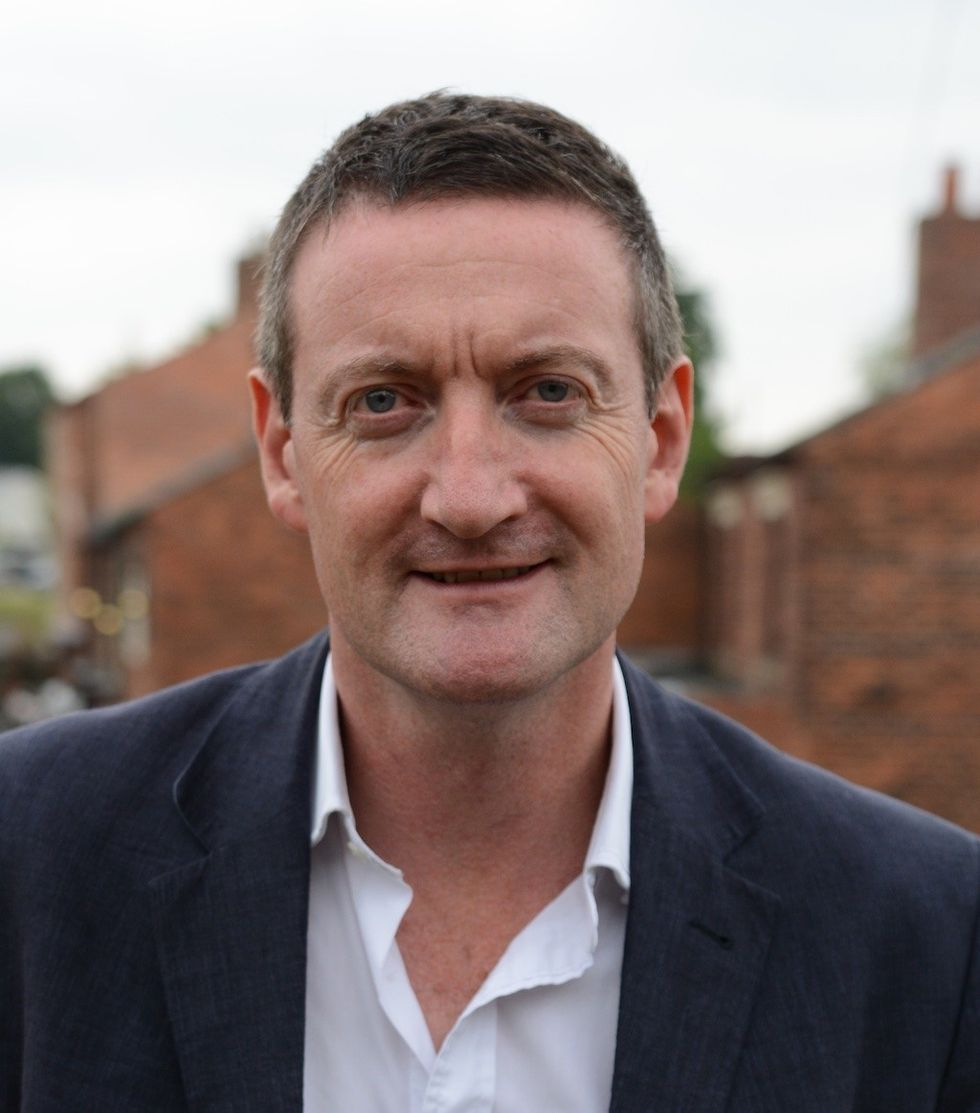
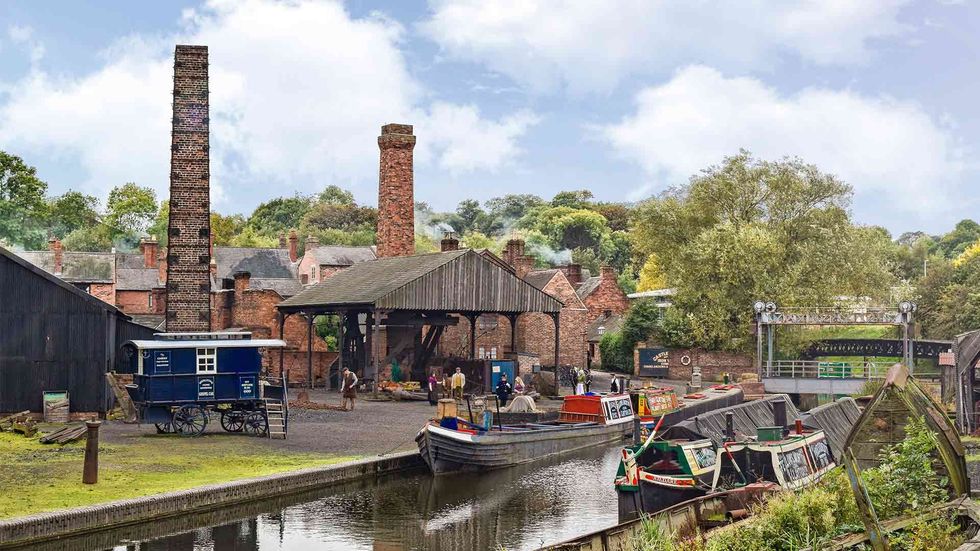



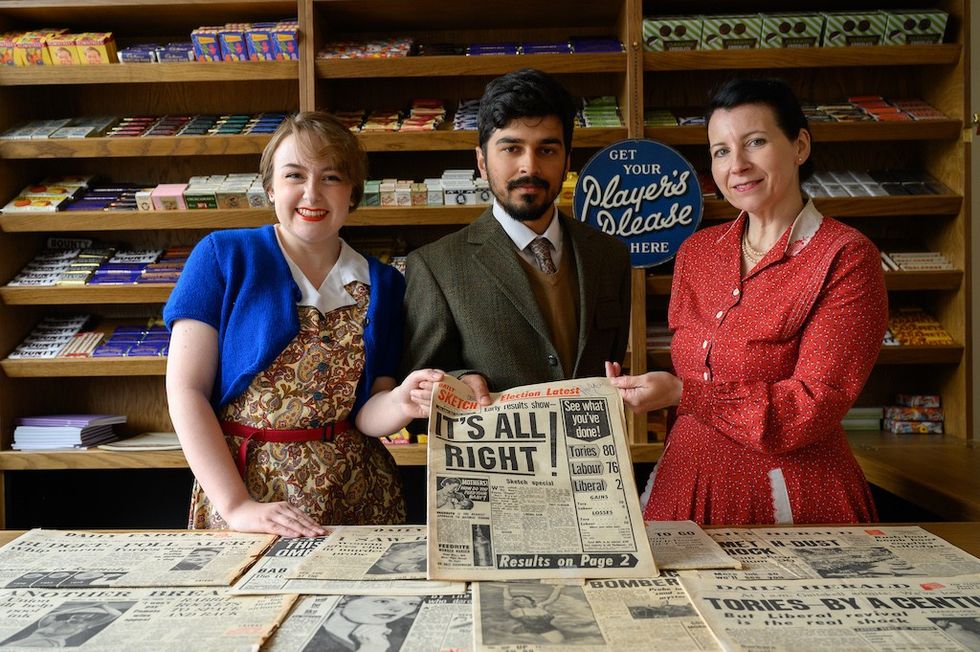
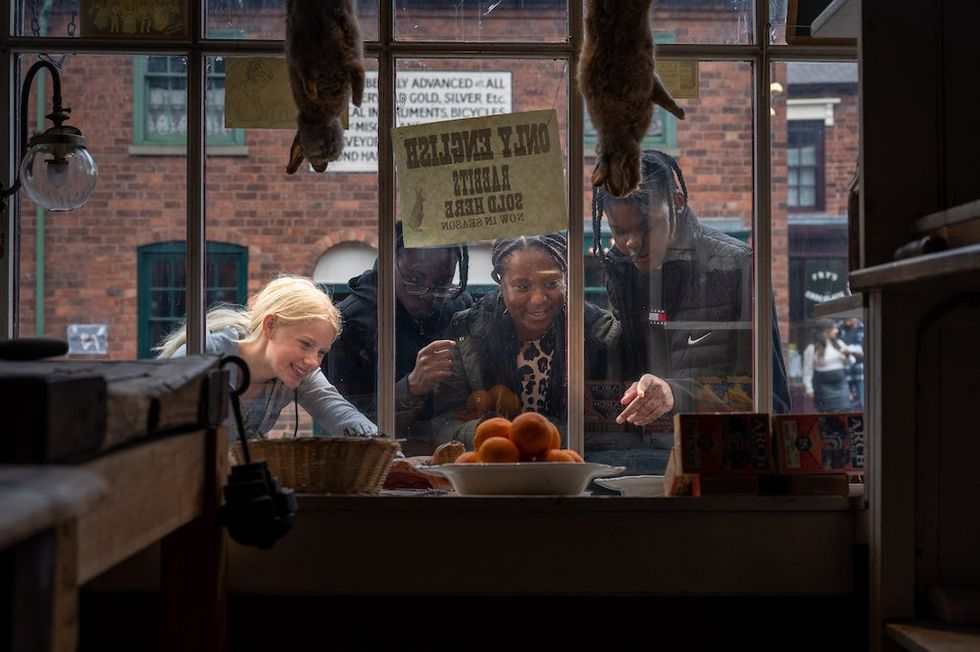
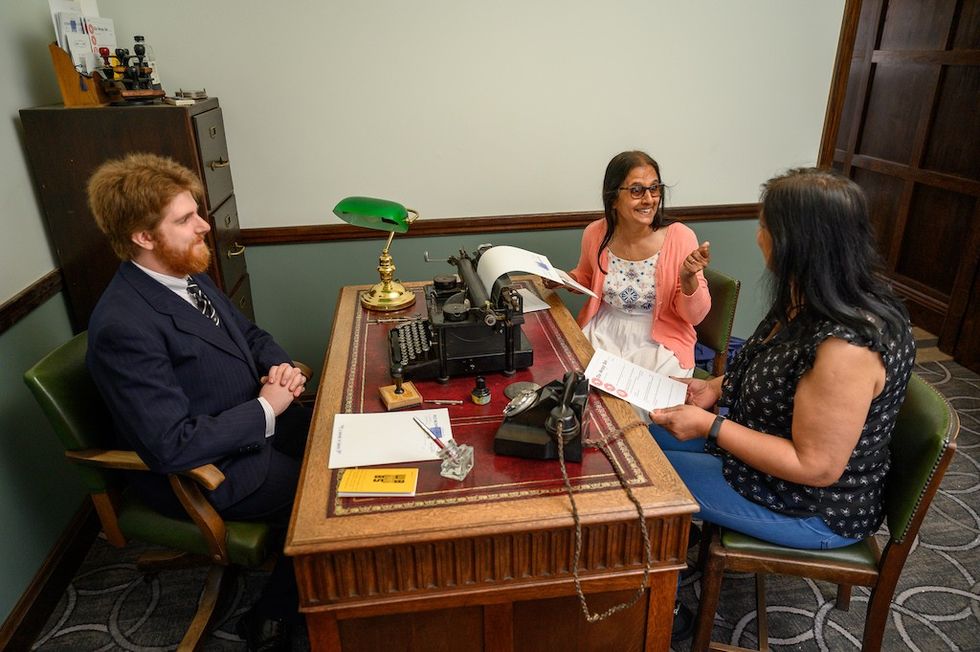
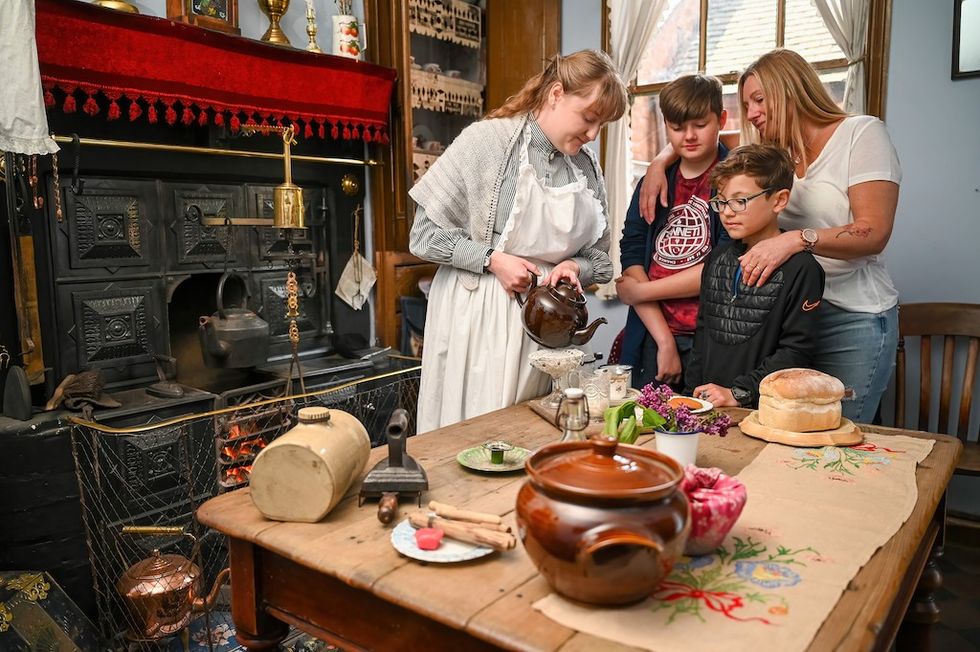
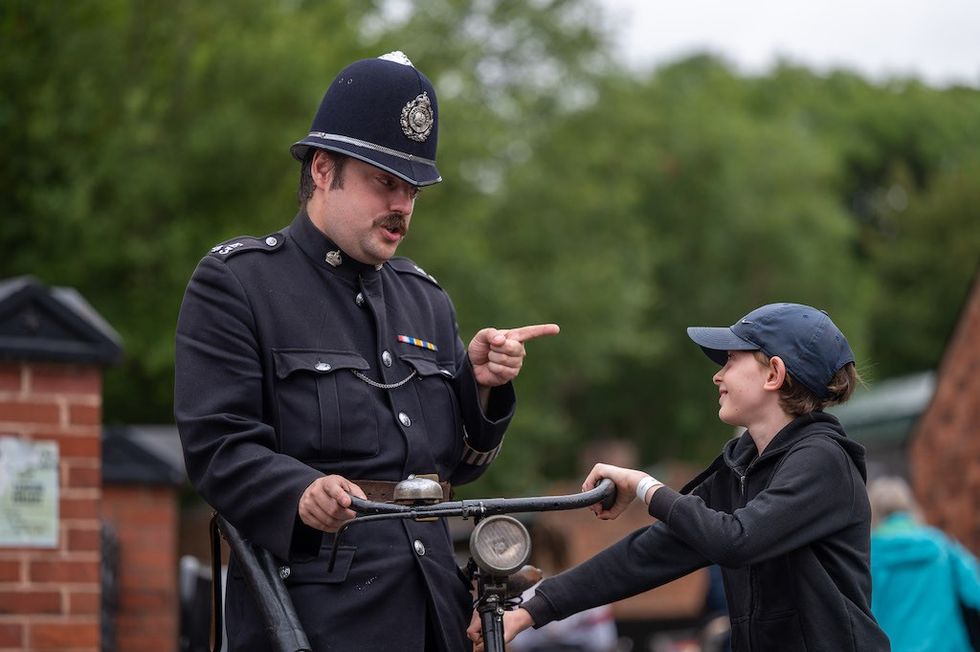

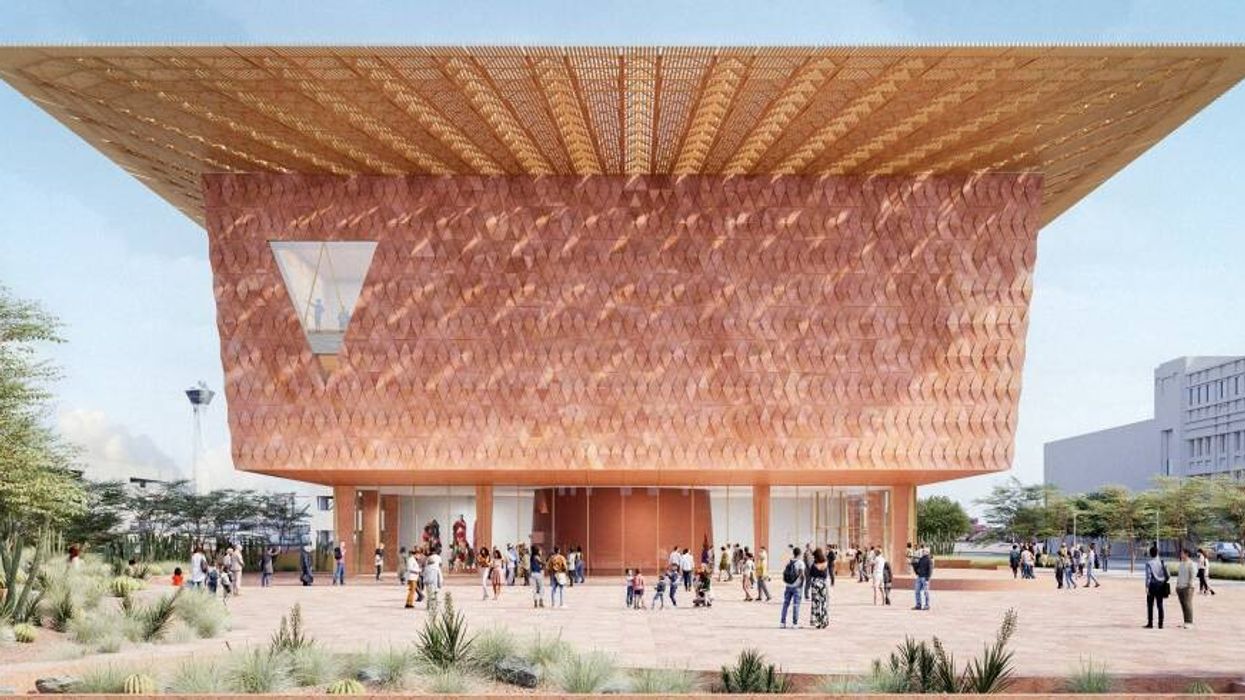


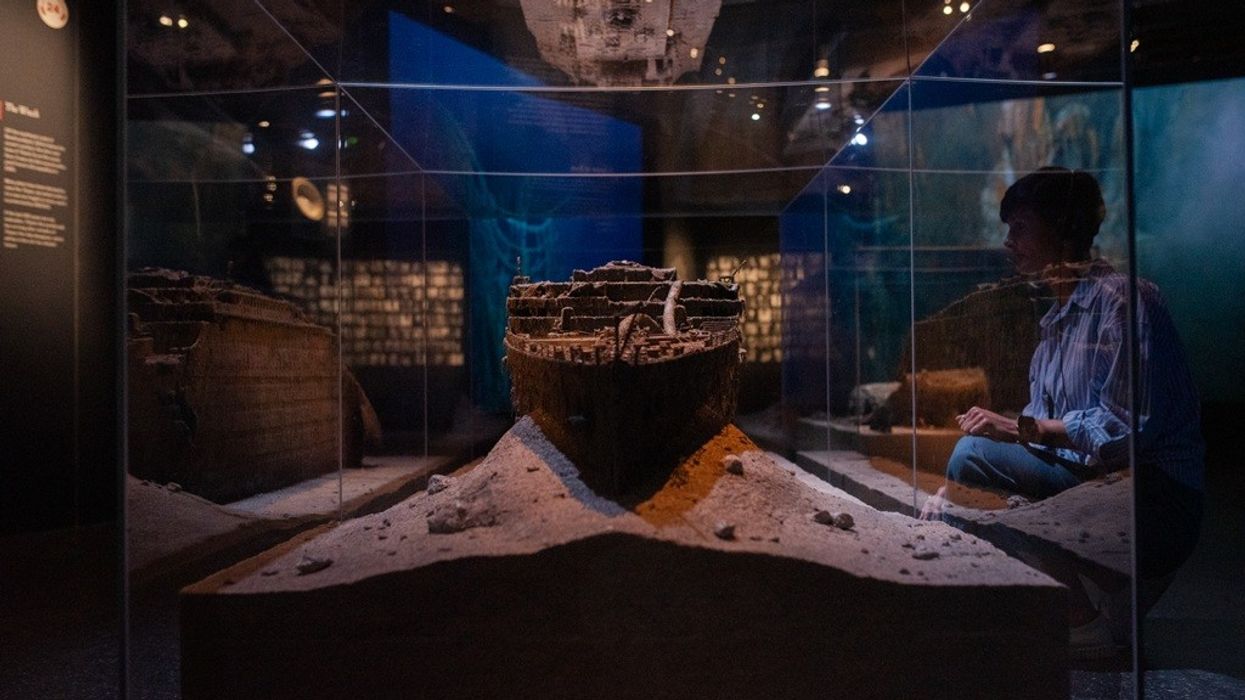

 TM Lim and Adam Wales
TM Lim and Adam Wales



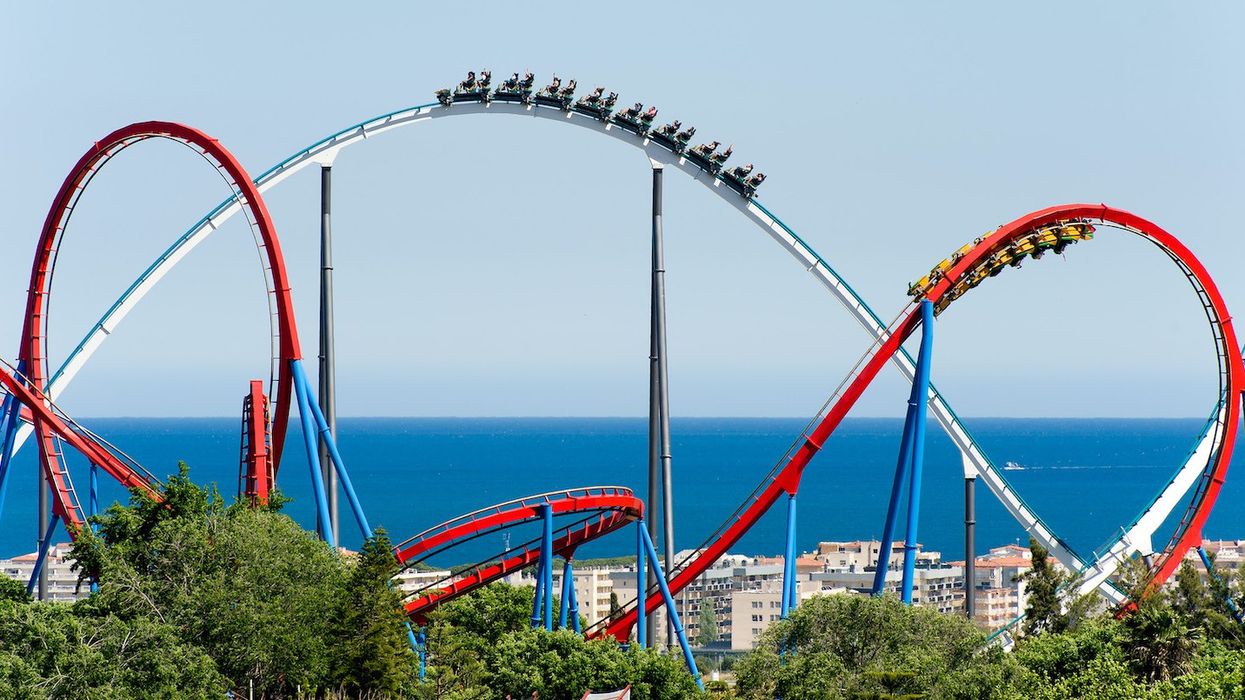



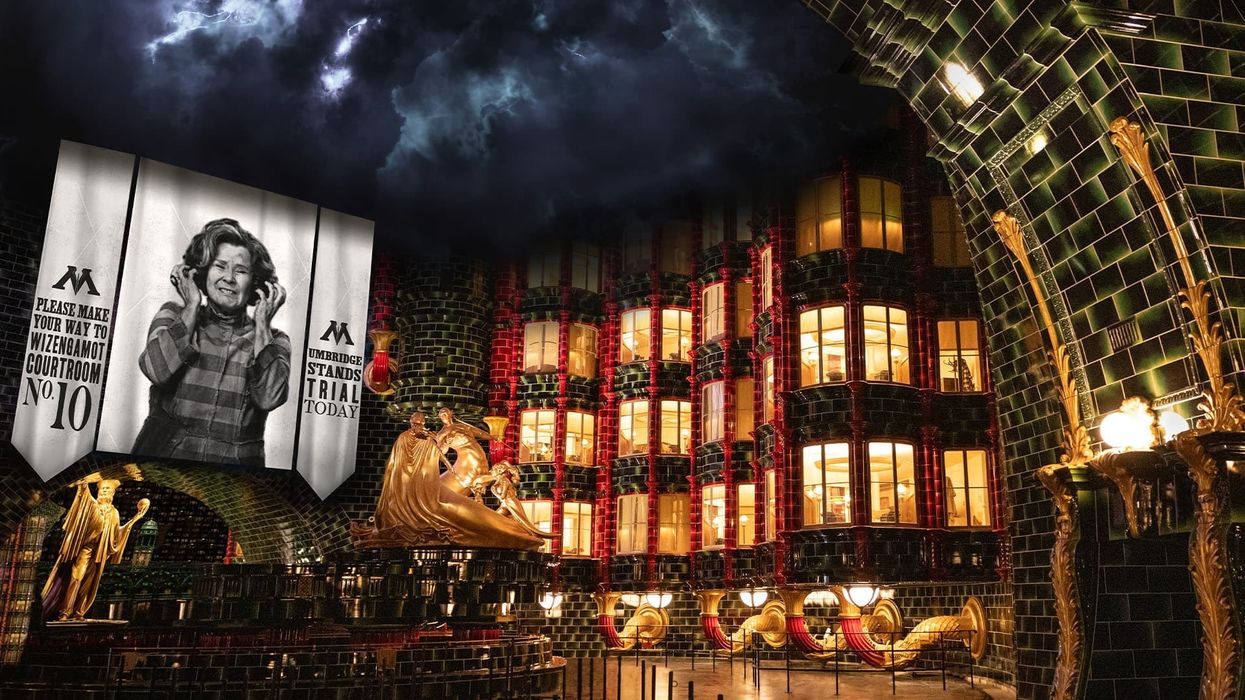

 Toby Harris
Toby Harris Hijingo
Hijingo Flight Club, Washington D.C.
Flight Club, Washington D.C.
 Flight Club Philadelphia
Flight Club Philadelphia Flight Club Philadelphia
Flight Club Philadelphia Bounce
Bounce Hijingo
Hijingo Bounce
Bounce
 Fernando Eiroa
Fernando Eiroa











 Nickelodeon Land at Parque de Atracciones de Madrid
Nickelodeon Land at Parque de Atracciones de Madrid Raging Waters
Raging Waters  Mirabilandia's iSpeed coaster
Mirabilandia's iSpeed coaster Parque de Atracciones de Madrid
Parque de Atracciones de Madrid Ferracci at the ribbon-cutting ceremony for Nickelodeon Land at Mirabilandia, with (left) Marie Marks, senior VP of global experiences for Paramount and (cutting the ribbon) Sabrina Mangina, GM at Mirabilandia
Ferracci at the ribbon-cutting ceremony for Nickelodeon Land at Mirabilandia, with (left) Marie Marks, senior VP of global experiences for Paramount and (cutting the ribbon) Sabrina Mangina, GM at Mirabilandia Tropical Islands OHANA hotel
Tropical Islands OHANA hotel Elephants at Blackpool Zoo
Elephants at Blackpool Zoo  Tusenfryd
Tusenfryd
 Andrew Thomas, Jason Aldous and Rik Athorne
Andrew Thomas, Jason Aldous and Rik Athorne







